Oct 28, 2025 10:47 AM
In Memoriam: Jack DeJohnette, 1942–2025
Jack DeJohnette, a bold and resourceful drummer and NEA Jazz Master who forged a unique vocabulary on the kit over his…
Steve Turre (third from left) in the studio with trombonist Frank Lacy, drummer Willie Jones III, pianist Xavier Davis and trombonist Robin Eubanks (Photo: Jerald Miller for Nu Jazz Management)
(Photo: )The musicians who were among the last to undergo Art Blakey’s crucible, the Jazz Messengers, forged a bond—one that can take on almost tribal dimensions when those involved play the same instrument. So when former Blakey trombonists Steve Turre, Robin Eubanks and Frank Lacy came together Aug. 1–4 at Dizzy’s Club Coca-Cola, it was a given that a debt to Blakey was owed.
But the debt paid was not explicit. As the early set on Aug. 2 played out, the occasion—an early promotional gig for Turre’s CD The Bones Of Art (HighNote)—proved not to be a paint-by-numbers tribute. The group did not cover any Blakey tunes or attempt to reproduce his style. At the same time, the set captured something of his elegant and probing spirit.
Blakey would certainly have appreciated the artful architecture of both the set and its constituent parts, starting with the animated opener, “Slide’s Rule.” The tune—written by Turre as a tribute to Slide Hampton, a Blakey alumnus who once employed Turre in a nine-trombone ensemble, World of Trombones—provided ample room for each trombonist to establish himself, both as a member of a front line and a solo voice.
The blend was warm with a touch of sizzle, each solo punctuated by a pianistic interlude courtesy of Xavier Davis, a onetime accompanist for Betty Carter who made his points succinctly, supplying just enough connective tissue to allow the front-line personalities to reveal themselves. That they did, with Turre’s controlled fire playing foil to Eubanks’ cool, and both ultimately yielding to Lacy, who made a solid case for himself as the brassy finisher.
Turre showed early that he had a strong sense of programming contrast, downshifting after “Slide’s Rule” with a short, sweet ballad: “Blue And Brown,” a nod to Ellington trombonist Lawrence Brown. The piece offered some of the ensemble’s closest harmonies of the night—an exercise in measured section playing that was broken finally by Turre’s turn on a Brown specialty, the pixie plunger.
As quickly as the players had slowed the set, they shifted gears again with a stately “Settegast Strut,” Lacy’s homage to his hometown in Texas. The tune featured open harmonies and Lacy at his most extroverted, building a multileveled, multihued solo complete with a climactic series of glissandi.
“Strut,” meanwhile, served as preparation for a kind of sashay: the entrance of singer Andromeda, a surprise visitor who ambled on stage to no small notice. Turre introduced her as the last of Ray Charles’ Raelettes, though later revealed she was also his daughter. Andromeda contributed some lively scat and plenty of visual contrast to the all-male band, which was rounded out by Kenny Davis on bass and Willie Jones III on drums.
The tune Andromeda chose was Ellington’s “Caravan,” and it also generated some of the most intense front-line interaction of the set—an extended sequence of traded fours in which Eubanks, wielding the single unmuted ax, showed real heat. Andromeda may have provided some inspiration on that account.
The energy generated by “Caravan” proved to be a warm-up for the set’s closer, “Daylight,” a jaunty Afro-Cuban affair that was written by trombonist Steve Davis, who appears on The Bones Of Art but was not present at the show. The tune offered a summation of the night, with final solo statements and sustained rhythmic interplay. Here, Turre drew on his Latin side, emerging as a keen exponent of both the cowbell and the maracas.
But the highlight came when he unveiled his famous conch shells. He had four at hand, having left the biggest, which is only capable of spanning a third, at home. The shells he brought could variously bridge a fourth and a sixth, allowing him to cover a full octave by moving between two shells, which he did with abandon. Pianist Davis and bassist Davis both followed his harmonic development—no mean feat—but in the end, the shells had a more percussive effect. It was surely one that Blakey, a drummer, would have enjoyed.
—Phillip Lutz
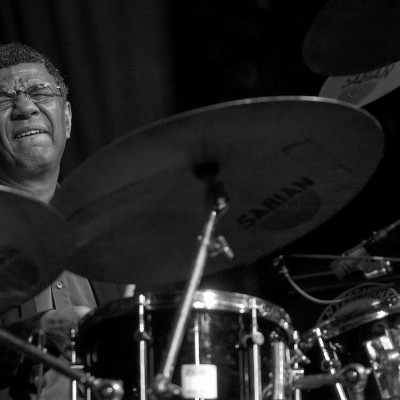
Jack DeJohnette boasted a musical resume that was as long as it was fearsome.
Oct 28, 2025 10:47 AM
Jack DeJohnette, a bold and resourceful drummer and NEA Jazz Master who forged a unique vocabulary on the kit over his…
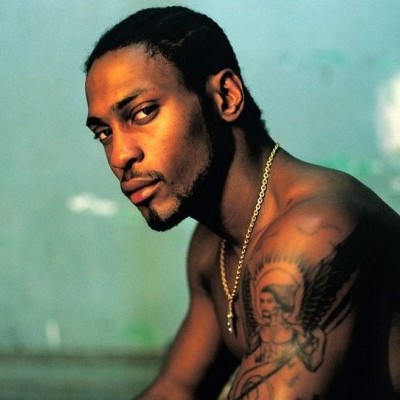
D’Angelo achieved commercial and critical success experimenting with a fusion of jazz, funk, soul, R&B and hip-hop.
Oct 14, 2025 1:47 PM
D’Angelo, a Grammy-winning R&B and neo-soul singer, guitarist and pianist who exerted a profound influence on 21st…
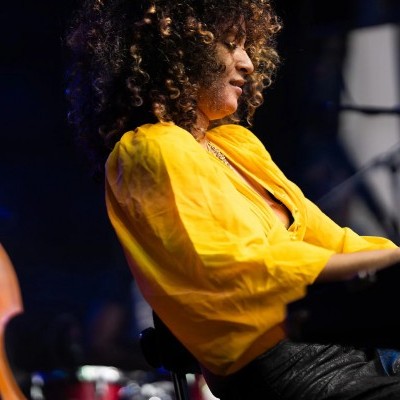
Kandace Springs channeled Shirley Horn’s deliberate phrasing and sublime self-accompaniment during her set at this year’s Pittsburgh International Jazz Festival.
Sep 30, 2025 12:28 PM
Janis Burley, the Pittsburgh International Jazz Festival’s founder and artistic director, did not, as might be…
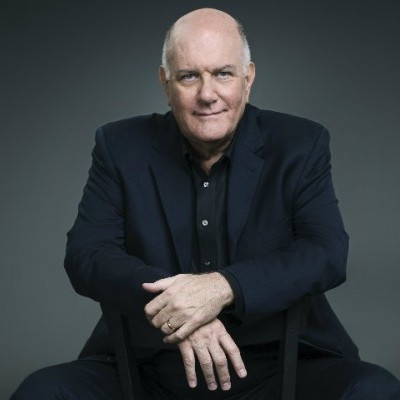
Jim McNeely’s singular body of work had a profound and lasting influence on many of today’s top jazz composers in the U.S. and in Europe.
Oct 7, 2025 3:40 PM
Pianist Jim McNeely, one of the most distinguished large ensemble jazz composers of his generation, died Sept. 26 at…
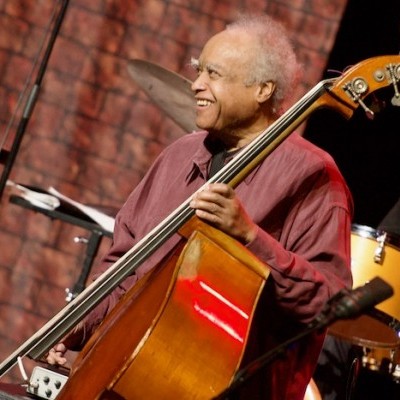
Drummond was cherished by generations of mainstream jazz listeners and bandleaders for his authoritative tonal presence, a defining quality of his style most apparent when he played his instrument unamplified.
Nov 4, 2025 11:39 AM
Ray Drummond, a first-call bassist who appeared on hundreds of albums as a sideman for some of the top names in jazz…